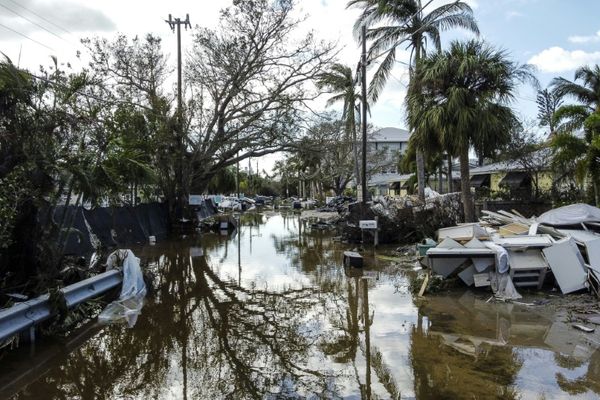In 1967, Gold Coast beaches almost disappeared as a string of wild weather events caused coastal erosion that destroyed properties and ruined the tourist season.
The ABC reported a $5 million repair bill, with locals creating an ad-hoc sea wall with thousands of sandbags.
Fast forward to 2013 and similar weather conditions eroded beaches to the edge of some properties.
Darryl Strauss, senior research fellow at Griffith University's Coastal and Marine Research Centre, said the severe erosion in 1967 was caused by seven tropical cyclones and east coast lows within six months.
"Probably the biggest single combination of events causing beach erosion in our known history of the Gold Coast," he said.
"There was no time for beaches to recover in-between events."
Since then, a string of projects have been put in place to reduce beach erosion.
But with another wet summer on the horizon, along with the Gold Coast being listed as one of the most at-risk locations for the gradual coastal erosion resulting from climate change, these measures will be tested.
Climate change and La Niña
Dr Strauss said the increasing number and intensity of severe weather events caused by climate change posed a challenge.
"The La Niña years increase relative to El Niño," he said.
"During a La Niña, [cyclones] tend to form a bit closer to the coast.
"Warmer water might cause tropical cyclones to form further south or track further south."
Dr Strauss said that could result in changes to the "wave climate", which pushes sand north along the coast and helps to naturally replenish eroded beaches.
"If that was to change we may have less [sand] transport along the coast, we may have more," he said.
"Those things are notoriously hard to predict."
What is being done?
A 2019 review of Gold Coast City Council's Ocean Beaches Strategy showed the city's surf attracted 11.5 million visitors every year, but beaches were vulnerable to storm damage.
"Climate variability, frequent and intense storms, and sea level rise are resulting in increased risk of erosion events and damage to coastal infrastructure," the report states.
Coastal management measures costing the council $80 million have been introduced over the past five years.
The Gold Coast's annual beach nourishment program involves dredging 60,000 cubic metres of sand from Tallebudgera and Currumbin creeks and pumping it into beaches at Burleigh Heads and Palm Beach.
Further north, a 7.8-kilometre pipeline expected to be completed this year will pump up to 120,000 cubic metres of sand from South Stradbroke Island to Surfers Paradise.
Artificial reefs
Artificial reefs were built at Narrowneck in 1999 and Palm Beach in 2019.
According to the City of Gold Coast, the Palm Beach reef cost $18.2 million and has retained about 550,000 cubic metres worth of sand over its first two years.
Coastal engineer Evan Watterson, who helped design the reef, said such projects saved millions of dollars worth of damage to beaches over the long term.
"Over a 30-year period it definitely stacks up against beach nourishment," Mr Watterson said.
"On top of that you get the benefit of the surf amenities, obviously makes it more economically viable, [and] even though it is a more expensive solution you get all these other benefits."
Dr Strauss said gradual sea level rises caused by climate change could be managed over time.
"The Gold Coast has had to adapt," Dr Strauss said.
"The variation in wave direction and the frequency and intensity of events is probably going to be more important in the shorter term."







